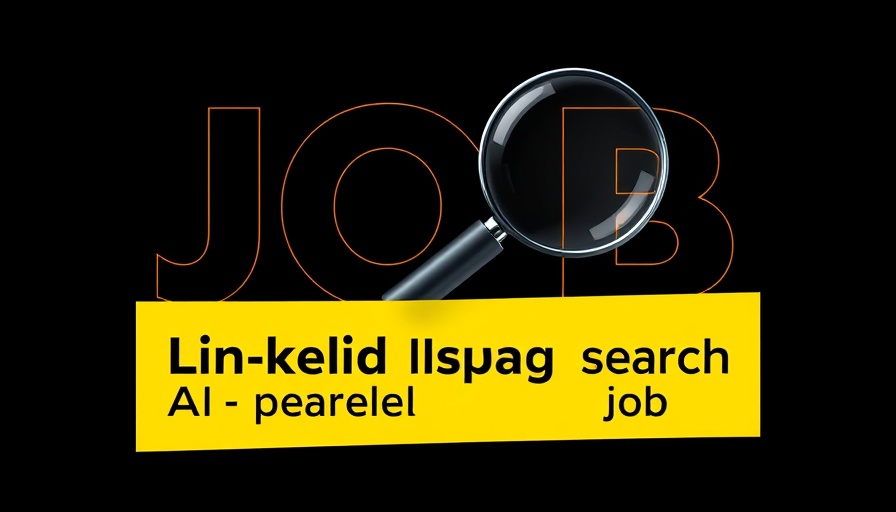
The Future of Job Searching: AI to the Rescue!
In a world where technology is reshaping every aspect of our lives, LinkedIn is stepping up its game by launching an AI-powered job search tool. But what does this mean for job seekers in India, and how can it revolutionize the employment landscape?
Understanding the AI-Powered Job Search Tool
LinkedIn has announced a new feature that transforms the job search experience by allowing users to utilize natural language in their queries. For instance, a recent college graduate wishing to find a hybrid role in Bengaluru can simply type, “full-stack software developer jobs in Bengaluru that are hybrid or remote work.” The tool then fetches relevant job listings that meet these specifications, cutting down on the complexity typically associated with job hunting.
Global Launch with Local Significance
This tool is not just a convenience for job seekers; it represents a significant leap in how LinkedIn addresses the struggles faced by many professionals. A LinkedIn survey highlighted that 60% of professionals in Bengaluru find it challenging to identify suitable job roles, which can hinder career progress. By addressing these issues, LinkedIn not only empowers its users but also contributes to the overall growth of the job market in India.
Benefits of LinkedIn Premium Subscription
While this tool is an exciting development, it’s essential to note that it is currently available exclusively to LinkedIn Premium subscribers, priced at Rs 499 per month in India. Subscribers will also enjoy access to various features, such as AI-powered interview preparation tools and career planning, making it a worthwhile investment for serious job seekers.
A Step Towards Reducing Job Search Anxiety
The AI-powered job search tool aims to reduce anxiety around job hunting by streamlining the whole experience. The ease of searching with plain language could significantly boost candidates’ confidence, making it easier to explore new opportunities without the frustration of complex filtering processes. This is particularly valuable in a fast-paced environment, where clarity and efficiency are essential.
What Lies Ahead for Job Seekers in India?
As this AI-enabled tool gains traction globally, the prospect for its growth in India looks promising. The emphasis on making the job search process more intuitive is likely to pave the way for others in the industry to innovate similarly, ultimately benefiting job seekers in various sectors. This could signal a transformation in how candidates engage with job platforms, possibly leading to more personalized and satisfying job matches.
Inspiring a New Generation of Job Seekers
Every tool that simplifies job searches can inspire a new wave of professionals to enter the workforce with confidence. LinkedIn’s proactive approach is a testament to how technology can create more opportunities and lower barriers in the job market, especially in regions like India.
This AI tool is just the beginning. As technology continues to evolve, staying informed and adapting your job search strategies will be crucial for leveraging these advancements effectively.
 Add Row
Add Row  Add
Add 




 Add Row
Add Row  Add
Add 

Write A Comment